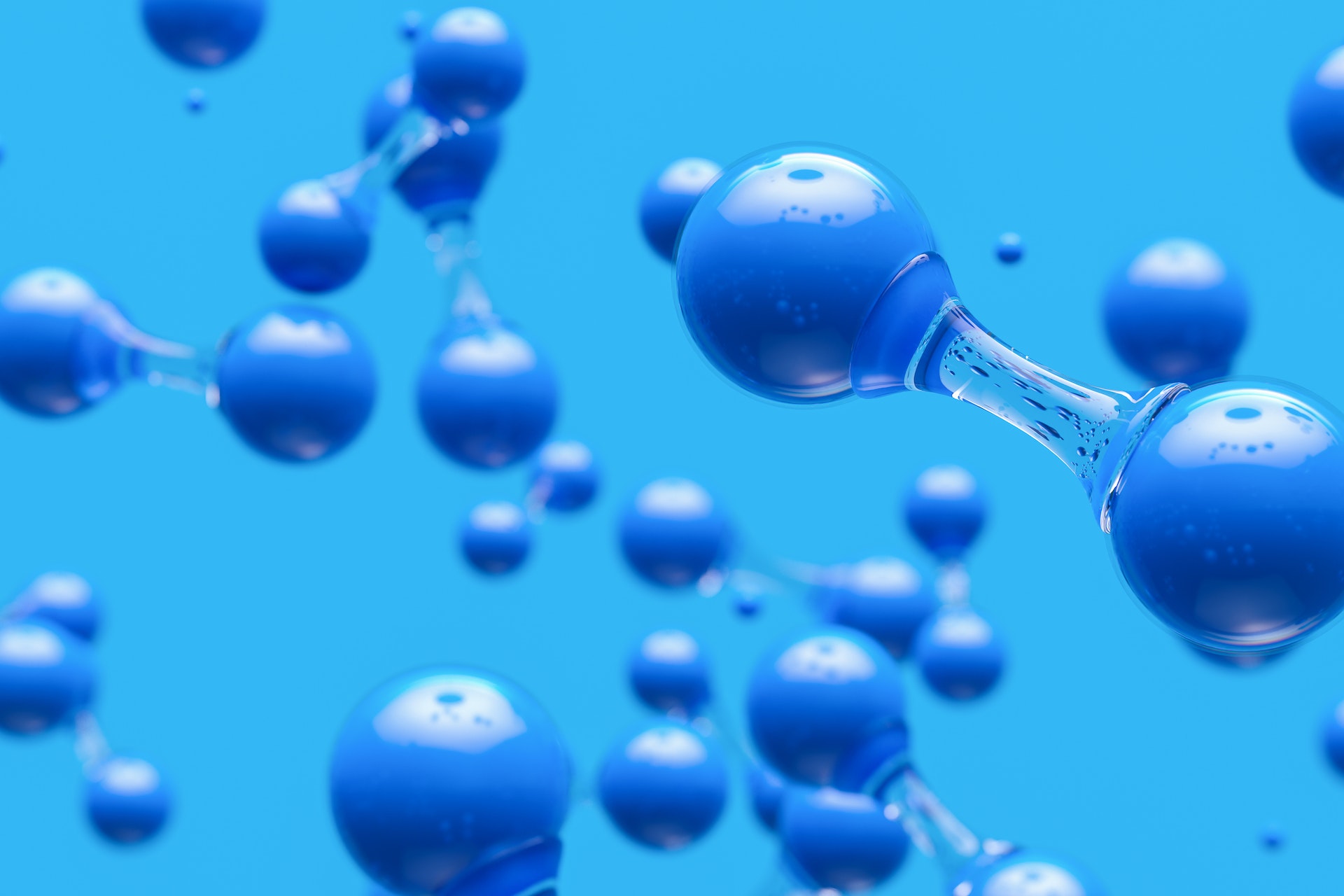Sublimation is one of the most important processes that allow freeze drying to happen, but it is not always well understood. Seeing sublimation freeze drying in action isn’t common in daily life. However, this unique phase change deserves some attention considering that it makes freeze drying possible.
This article covers the basics of sublimation, what it is, and how it works in the freeze drying process.
What is Sublimation?
Sublimation is the transition of a substance from a solid state, such as ice, to a gaseous state (water vapor) without going through the liquid (water) phase.
Sublimation can only take place when atmospheric pressure is low [*]. When the temperature is increased above 0°C at just 0.06 atmospheres, the water becomes warm enough to thaw but there isn’t enough pressure to form a liquid. This is how solid ice turns into gaseous water vapor.
What is Sublimation in Freeze Drying?
Now that we know what sublimation is, how does it factor into the freeze drying process?
First, a quick recap on freeze drying: It’s a popular and effective method of preserving food and pharmaceuticals, which takes around 20-40 hours to complete. Unlike traditional freezing, it involves three stages, with sublimation as the second phase (also called primary drying).
In the freezing phase, the product is completely frozen using individual quick freezing (IQF). Doing so keeps the ice crystals small so that the integrity of the product is preserved. With most freeze drying machines, the material to be preserved is placed into chambers or shelves while still unfrozen. The chamber is sealed and the product is frozen solid.
The next phase is where sublimation is involved.
In this stage of freeze drying, vacuum pumps in the machine force air out of the chamber to lower the atmospheric pressure below 0.06 atmospheres (ATM). Small amounts of heat are applied in order to evaporate the solid ice particles from the first stage without melting. At the end of this step, over 90% of the water in the product will be sublimated.
The secondary drying phase reduces moisture content in the product even further by applying more heat and lowering pressure. Once this is completed, the freeze-dried product will only have about 1% to 4% moisture. It is then sealed in a moisture-free package and is preserved for several years or until the product is used.
The reason sublimation is such a valuable process in freeze drying is it reduces the problems that often come with traditional freezing. Frozen products typically thaw and re-freeze, which results in mushy food or damaged pharmaceuticals. Sublimating properly also ensures that common freeze drying problems and mistakes are avoided.
Summary
Sublimation is a phase change that allows produce or pharmaceutical goods to be freeze-dried successfully. This key process makes it possible for food to retain its shape, texture, and structure during preservation. Without it, freeze drying would not be possible!
If your home or business requires sublimation freeze drying, feel free to reach us at Empire Freezing & Drying by calling 973-649-9800 or emailing info@empiredrying.com. We specialize in IQF, freeze drying, and more for your business needs.



